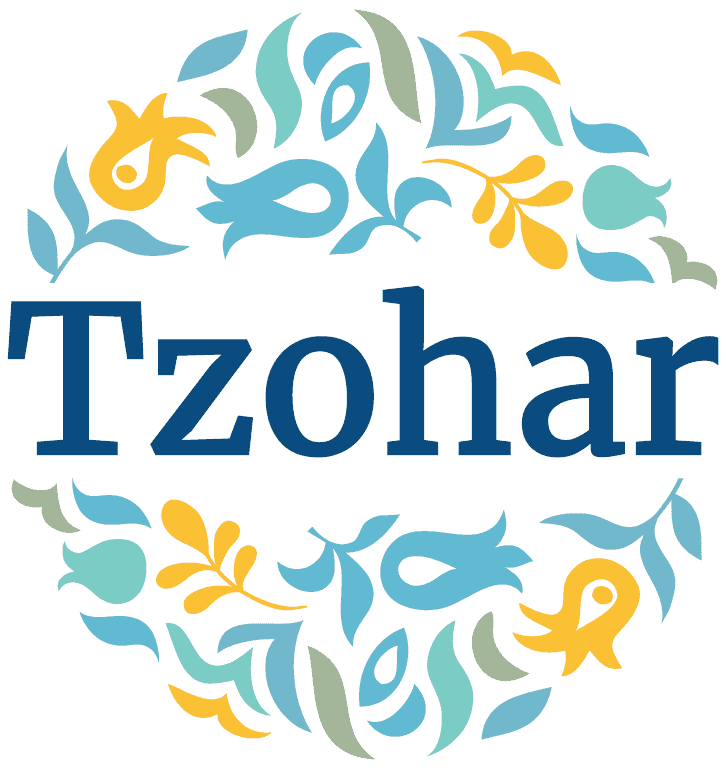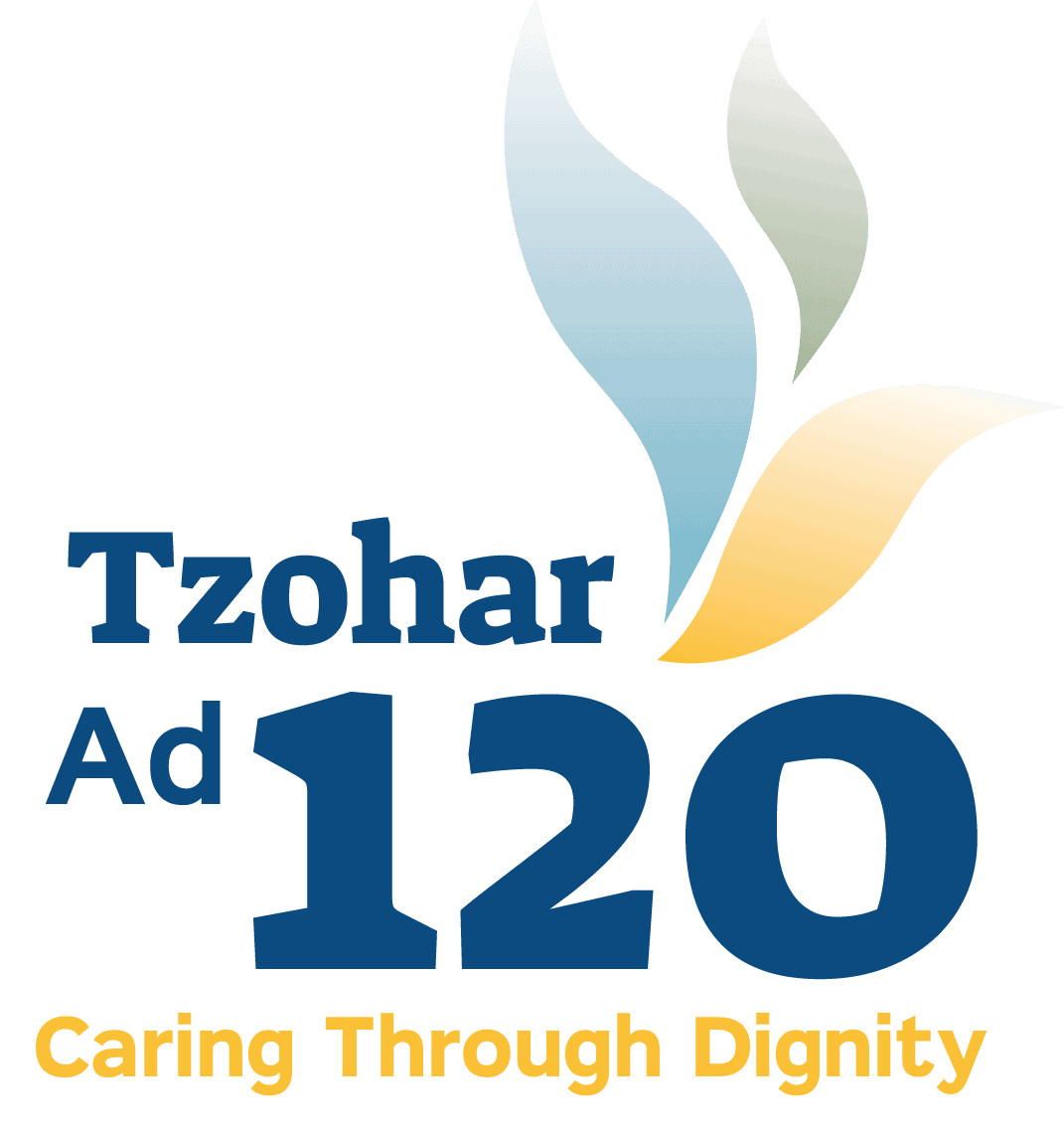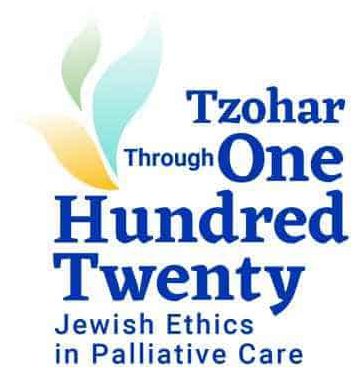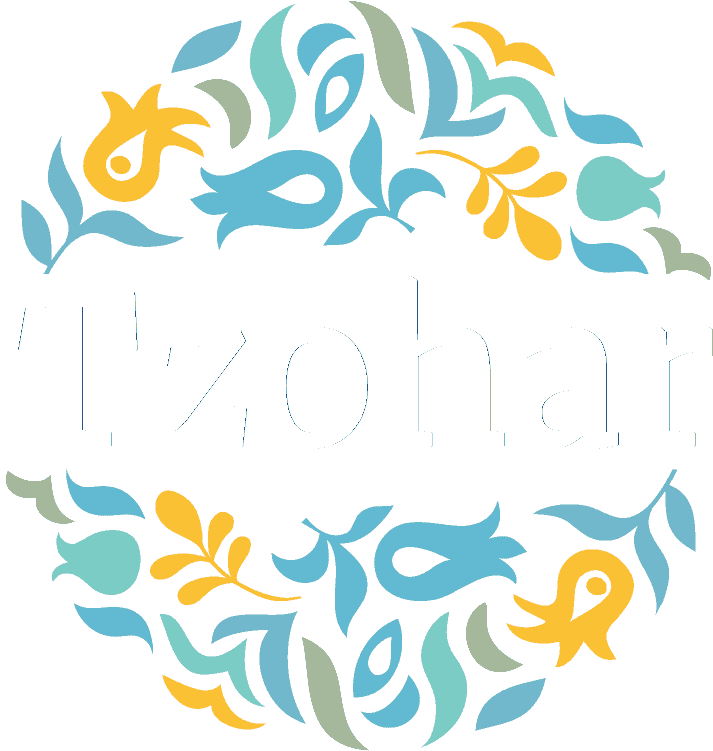What are the sources that obligate a novel assessment of this concept? Two primary sources are fundamental for the foundation of the currently existing perception, and they are the same motivators for a renewed outlook. The first source is the ethos brought previously: a widely perceived notion that Judaism requires prolonging life at all costs, without consideration of the patient’s quality of life, suffering, wishes, or prognosis. This outlook has been formed due to adages such as “you do not know the value that a minute of life has in the eyes of God” or “Life does not belong to man – and therefore he is not permitted to forego it”. Many rabbinical discussions dealing with this topic begin with the question of whether life is our domain or perhaps it belongs to the Master of the World, and this is a testament to the fact that this is one of the primary sources for the prohibitive position. These statements are prevalent both amongst the public and within the beit midrash
.However, when we evaluate this ethos, we find two claims which must be evaluated. The first is the fact that it is not philosophically and analytically sound. The fact that life belongs to God is technically correct from the perspective of faith. We bless each day “my God, the soul that you gave me is pure within me” and we view the Master of the World as the master of souls, as well as every other aspect of existence. Even our property is God’s and we have received it by his hand and through his power. However, precisely due to this reasoning, the conclusion that it is prohibited for us to give up on life does not hold weight. For behold, in this material world, despite the belief that what we own is God’s – it is permitted to relinquish ownership, give up hope on locating an object, sell items, give objects as a gift, or sanctify them, as well as many other actions. In other words: the fact that we assume that something belongs to God does not necessarily lead to the conclusion that we are obligated to leave it in our possession without considering our own wishes. It is possible that the Master of the World gave us the authority to make these decisions, and those who wish to claim that they are limited – must bring evidence for their claims. Not only this, but one may be extreme and claim the opposite: the Master of the World is currently claiming the life of this person back, and he is the one who brought this patient to a critical status. If so, how do we have the chutzpah to act in a manner contrary to his wishes and ownership?!1
Yet beyond the philosophical discussion regarding the relationship between God’s authority over our lives and the permission to give in to illness, the greatest difficulty is found in the sources themselves. The foundation for the spiritual movement dictating that life must be taken exclusively by God is one of the profound stories appearing in the Talmud, the story dealing with the mesirut nefesh of Rabbi Chanina ben Tradyon and his execution. However, exactly from the source from where the aforementioned ethos is derived, we can additionally find its exact opposite. We shall analyze the section of the story relevant to our discussion, dealing with the execution of Rabbi Chanina:
His students said to him: Rebbe, what do you see? He said to them: the [Torah] scroll is burning and the letters are flying in the air. [They said to him:] should you too open your mouth and the flames shall engulf [you]? He said to them: it is better that the one who gave [life] should take it, than to inflict wounds on oneself […]2
The students of Rabbi Chanina wanted to lessen his suffering and tried to convince him to open his mouth in order to expedite his death; However, he responded to them that the one who gave life – God – is the one who must take it, and a person is not permitted to harm themselves. If the story had ended there, we would have indeed found a Talmudic source for this ethos: the source of life is from the Master of the World; he bestowed it within us and only he is responsible for taking it back, and we are not permitted to open our mouths in order to expedite death (one should consider that in this section of the story we have negated the possibility of an active procedure expediting death, however there is no prohibition from here to be passive in the fight for life. Even so, we can definitively find a decent source for the fundamental perception that life is under the authority of the Master of the World and removes our authority to make decisions regarding its end).
However, the story does not end here, and immediately following the offer of the students, the Talmud brings the proposal of the executioner:
The executioner said to him: Rebbe, if I increase the flames and take the woolen sponge from your
heart, will you bring me to the life of the World to Come? He said to him: “Yes.” [The executioner said to him:] “Swear to me.” [Rabbi Chanina] swore to him. [The executioner] immediately increased the flames and removed the woolen sponge from above [Rabbi Chanina’s] heart; his soul left quickly. [The executioner] also jumped and fell into the fire.
A voice from Heaven emerged and said: Rabbi Chanina ben Tradyon and the executioner are invited into the life of the World to Come […]3
One who analyzes the matter reveals that not only did the executioner offer Rabbi Chanina to remove the object preventing his death (“remove the woolen sponge”) but also to perform an active procedure lessening the suffering of Rabbi Chanina (“increasing the flames”) and shortening the process of his death actively. This proposal was accepted by Rabbi Chanina’s confirmation of bringing him into the World to Come – in other words, they were accepted by Rabbi Chanina ben Tradyon himself, despite what he had said to his students – and led to his oath regarding bring the executioner into life in the World to Come.
This is not all. It is possible for a critical analyst to claim that the judgement of Rabbi Chanina ben Tradyon was impaired because of the tremendous suffering, and as a human he was broken and agreed to the offer even though it was not halachically permissible. However, this understanding would be erroneous because the Gemara’s editors agreed with the position of Rabbi Chanina and bring the statement of the voice from Heaven (Bat Kol) which declared “Rabbi Chanina ben Tradyon and the executioner are invited into the life of the World to Come”. One should note that not only did the actions of the executioner grant him entry to the World to Come, but his jumping into the flames as well, which constitutes an active process – yet one of course should not ignore the circumstances.
Rishonim and Achronim have dealt with the practical implications of this determination, and the relationship between refusing the offer of the students and the consent to the offer of the executioner. Some, for example, have based the difference between the two statements on the fact that the executioner was not Jewish and therefore the general principles are different (the different commentaries are brought later on in this compendium and in the endnotes by their relevant topics); however according to all opinions – there are indeed cases where it is permitted to take a person’s life. The matters are juxtaposed with additional sources, extenuating circumstances such as the suicide of King Shaul and its halachic justifications, or the captives’ thrusting of themselves into the sea, as described in Mesechet Gittin 57b.
Regardless, from the different sources one can learn that the unilateral ethos according to which taking a life can only be done by God in all circumstances and situations has no significant source even in Aggadic literature – and definitively not when dealing with active procedures but abstaining from life-saving treatment.
Next Chapter
Previous Chapter
Treatment of the Elderly and the Sick – “Until 120”? – Introduction and Table of Contents
For Additional Reading:
- Cessation of Life Prolonging Treatment
- “I am with You in Suffering”: Accompanying Patients According to Jewish Sources
- Position Paper: Organ Donation
